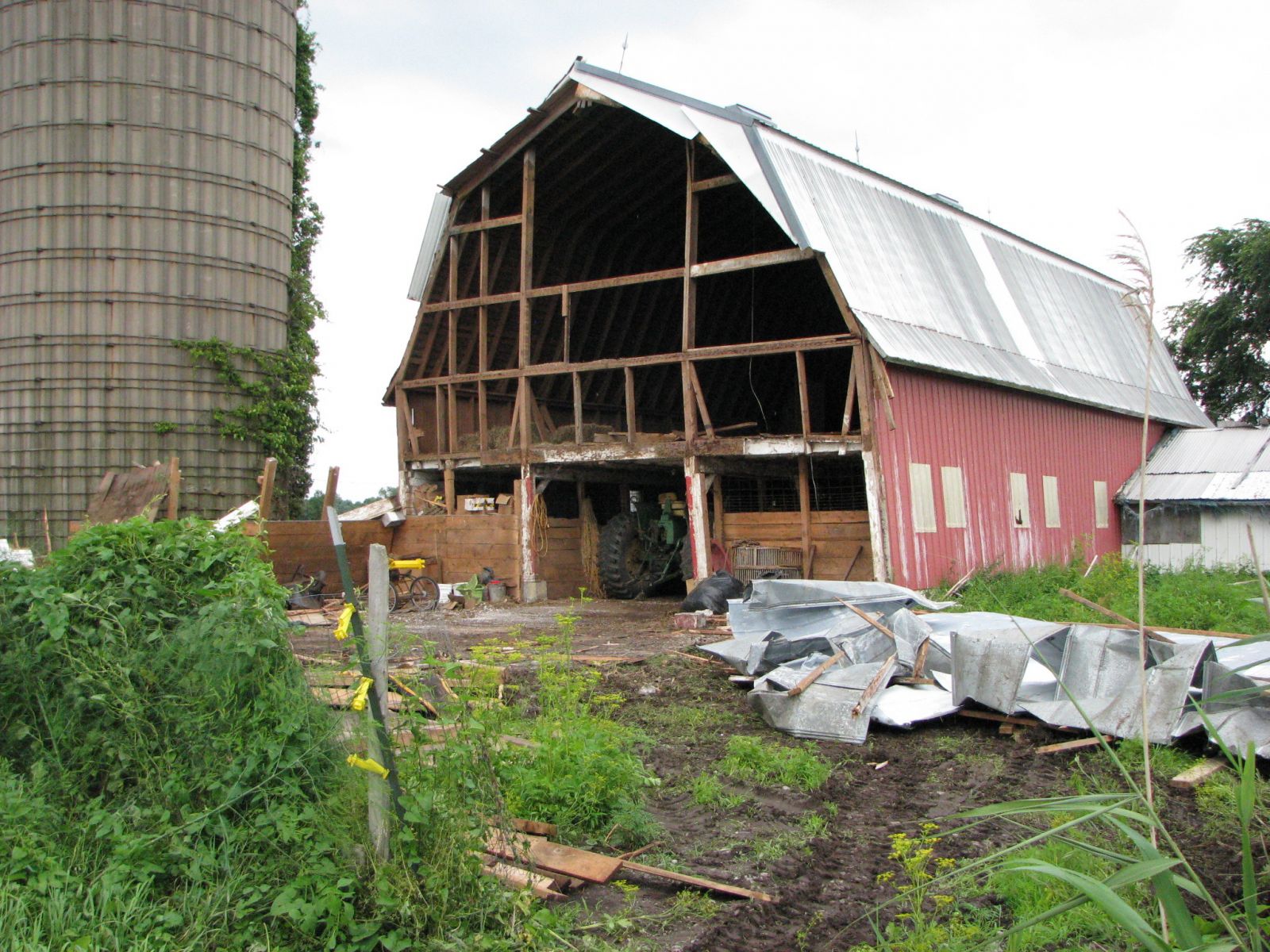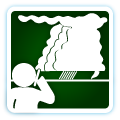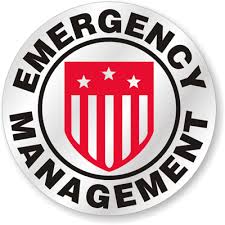Philadelphia/Mt Holly
Weather Forecast Office

Severe Weather Awareness Week in New Jersey and Pennsylvania
April 24th through April 30th, 2016
Monday April 25, 2016
This is the first of a five part series on severe weather safety which will run each day during New Jersey and Pennsylvania's severe weather awareness week.
This week, April 24th through April 30th, has been declared Severe Weather Awareness Week in both New Jersey and Pennsylvania. NOAA's National Weather Service joins in partnership with the state agencies of both New Jersey and Pennsylvania, local agencies, volunteer agencies, and private sector organizations in urging all residents to learn how to protect themselves from the hazards of flooding, tornadoes, and severe thunderstorms.
Over the last 10 years severe thunderstorms, tornadoes and flash floods have killed 51 people in New York and Pennsylvania and caused many millions of dollars in damage. The National Weather Service in Philadelphia has issued nearly 2000 warnings for severe thunderstorms, tornadoes and flash floods since 2006. To reduce your chances of being killed or injured by severe weather, it is important to understand the meaning of severe weather watches and warnings.
Severe thunderstorms: are defined as those thunderstorms that produce winds of 58 mph or greater and or hail of one inch in diameter or larger. A severe thunderstorm watch means that severe thunderstorms are possible over the next several hours, typically no more than six hours. You should continue with your daily routine, but be prepared to move to a place of safety should a severe thunderstorm warning be issued. A severe thunderstorm warning means that severe thunderstorms are imminent or occurring. A warning implies a significant threat to life and property. You should seek shelter immediately when a severe thunderstorm warning is issued.
Tornadoes: are violently rotating columns of air in contact with the ground and attached to the cloud base above. Like a severe thunderstorm watch, tornado watch means that tornadoes are possible over the next several hours again usually no more than six hours. A tornado warning means that a tornado is imminent or occurring. A tornado warning implies an immediate threat to life and property. Take shelter immediately.
Flash flooding: is a rapid rise, within six hours, of water along a stream or low lying urban area. The most common cause of flash flooding is heavy downpours associated with thunderstorms. A flash flood watch means that conditions are favorable for flash flooding. Continue with your daily activities, but be prepared to head to a place of safety should a flash flood warning be issued. A flash flood warning means that flooding is imminent or occurring. Flood waters can rise rapidly. Seek shelter immediately when a flash flood warning is issued.
NOAA Weather Radio offers the best way to stay in touch with dangerous weather conditions 24 hours a day and 7 days a week, whether at home, work or play. NOAA Weather Radio provides continuous broadcasts of weather information, with immediate relay of any severe weather warnings. NOAA's National Weather Service recommends everyone have access to a NOAA Weather Radio.
|
Presentation: Severe Weather Terms and Definitions - PDF format.
|
The weather safety topics for the remainder of the week will be as follows:
Use the blue tabs at the top of the page move through each day.
US Dept of Commerce
National Oceanic and Atmospheric Administration
National Weather Service
Philadelphia/Mt Holly
732 Woodlane Rd.
Mount Holly, NJ 08060
609-261-6600
Comments? Questions? Please Contact Us.


 Coastal Flood
Coastal Flood Marine Forecasts
Marine Forecasts Text Products
Text Products Climate Information
Climate Information Skywarn
Skywarn Submit Storm Report
Submit Storm Report Weather Event Archives
Weather Event Archives Forecast Discussion
Forecast Discussion Emergency Managers
Emergency Managers Briefing Page
Briefing Page